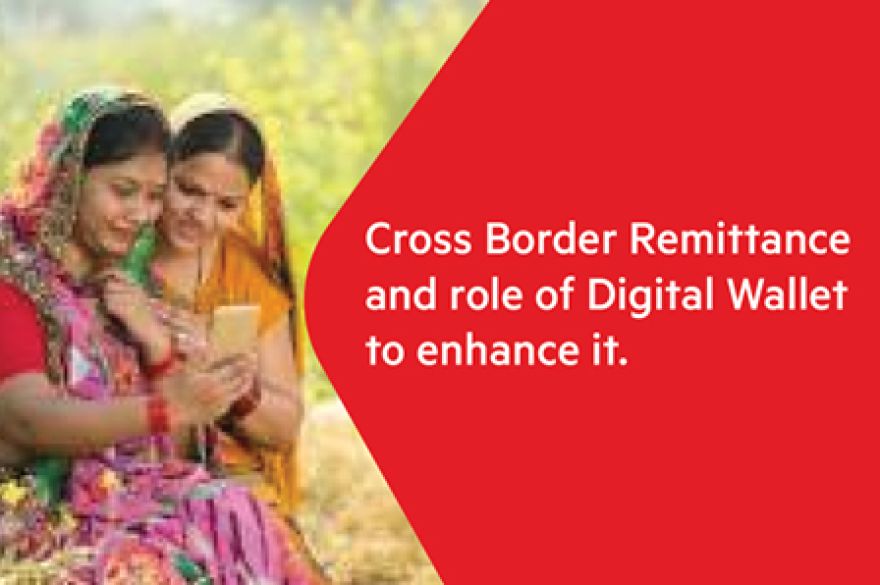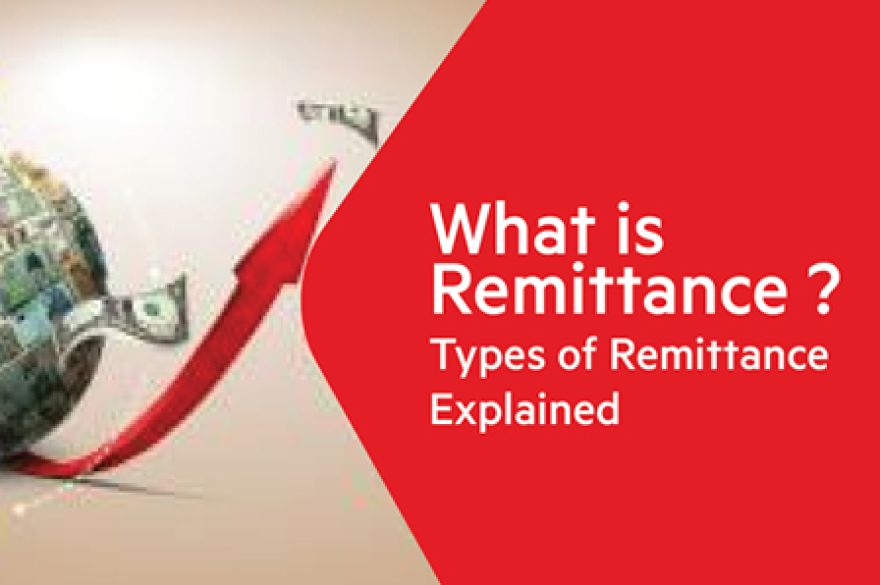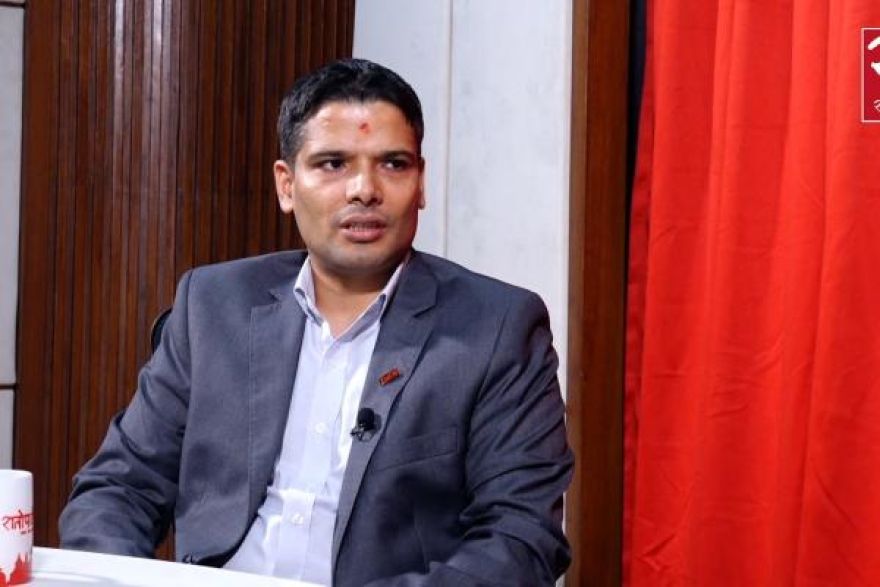How to Send Money from RIA Money Transfer
A leading money transfer company with a worldwide network of 507,000 locations in 160 countries, RIA has been offering world-class money transfer services since its inception. Established with the mission to ensure migrant workers had options of sending money without the need to sacrifice peace of mind for a fair price, RIA has been making the world a smaller place by closing the distance between families and loved ones living across different countries of the world.
You can send money to Nepal from all over the world through Ria Money Transfer from:
- The RIA App
- Website
- In-person
RIA App
If you want to send money directly from the RIA app, follow these easy steps:
1. Create an account (if you haven’t already)
2. Tap Send or Send money now
3. Enter your money transfer details:
- The Country you are sending to
- The amount you want to send
- Payment method
- Delivery method
4. Review the total cost and tap Continue
5. Select or add a recipient
6. Select a saved Payment method or add a new one and click Continue
7. Review the details of your transfer and tap Confirm to send
You can also send the money directly to IME PAY wallet from RIA app.
Sending money from the website
1. Create an account (if you haven’t already)
2. Click ‘Send money’ on the left-hand side of the screen
3. Choose the country you’re sending money to
4. Enter the amount you want to send
5. Choose your Payment method
6. Choose the Delivery Method
7. If you have a promo code, add this now
8. Click Continue
9. Now add your recipient. You can choose an existing recipient or click Add a new recipient
10. Click Continue
11. Choose one of your existing payment methods, or add a new one
12. On the Review details screen, check that everything looks correct
13. Click Send to get your money on its way.
Sending money in person
With more than 490,000 locations around the world, you can find a Ria location near you to send money. Scan the QR code below to find a Ria location today:

You can receive your sent money in Nepal directly in the receiver’s IME pay wallet or in their bank account. If you wish to receive it in cash, IME has 35000 plus agent network spread across the country, you can cash out your remittance amount from any of these agent counters.








